SPECworkstation 3.0.2 Storage Benchmark
SPECworstation benchmark is an excellent benchmark to test systems using workstation type workloads. In this test, we only ran the Storage component, which is fifteen separate tests.
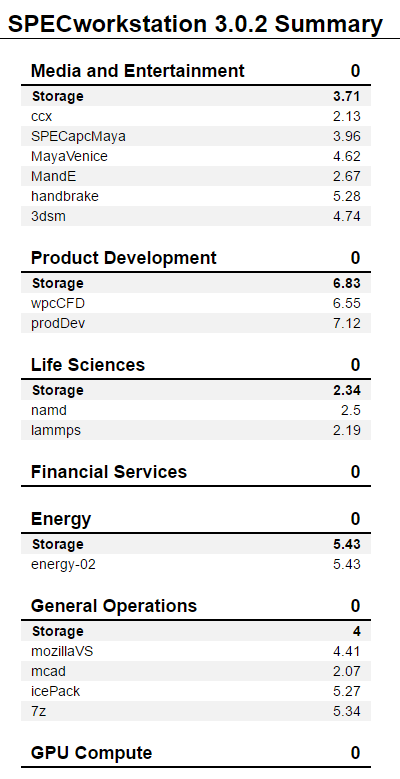
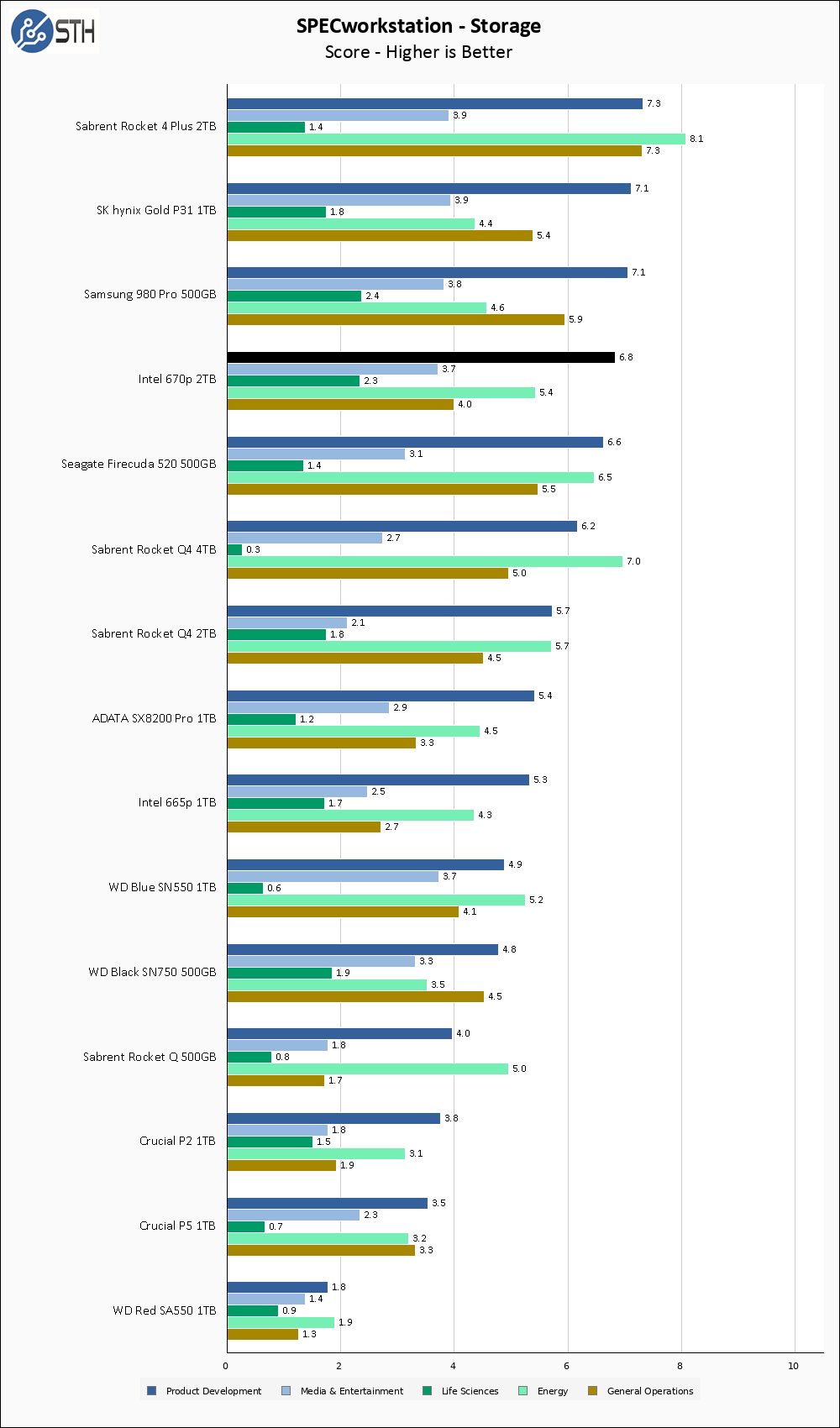
Much like in every other benchmark we have looked at today, the Intel 670p 2TB has improved significantly versus the previously reviewed 665p. Sorted by the Product Development subscore like our chart, the 670p is very close to tying our top scoring drives, and does fairly well in all of the other subtests.
Benchmark Comparisons
As we have mentioned a few times, the best point of comparison we have to assess generational improvement is our testing of the Intel 665p 1TB drive.
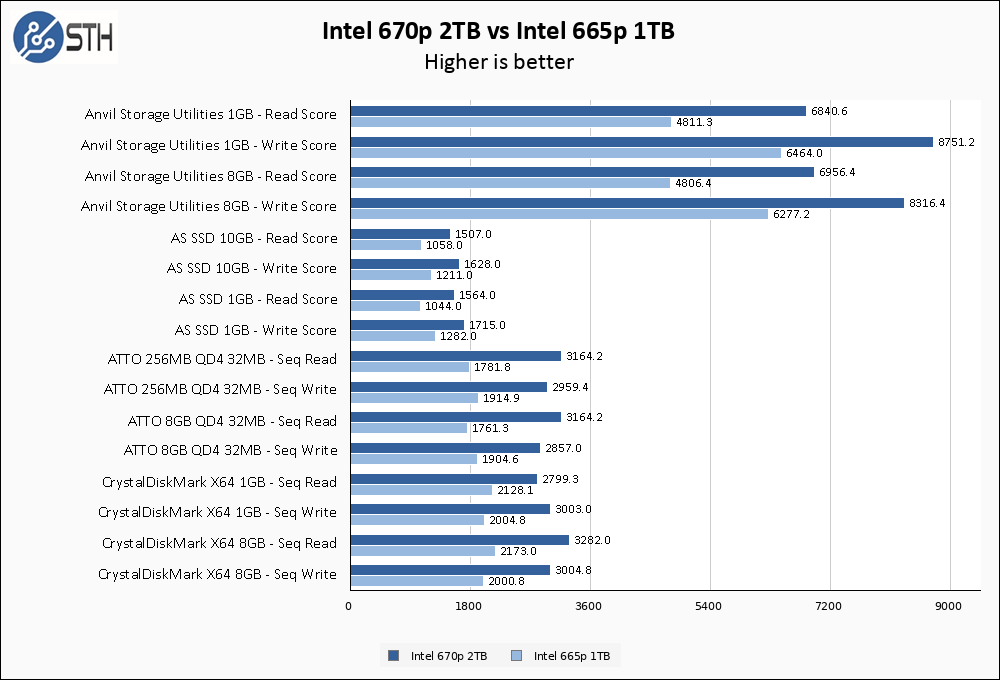
As you can see from the graph, the 670p manages a significant improvement on literally every test. This is a great example of solid generational performance gains in a product line.
Of course, the elephant in the room is PCIe 4.0, and thus our next comparison with the Sabrent Rocket Q4 2TB seems inevitable.
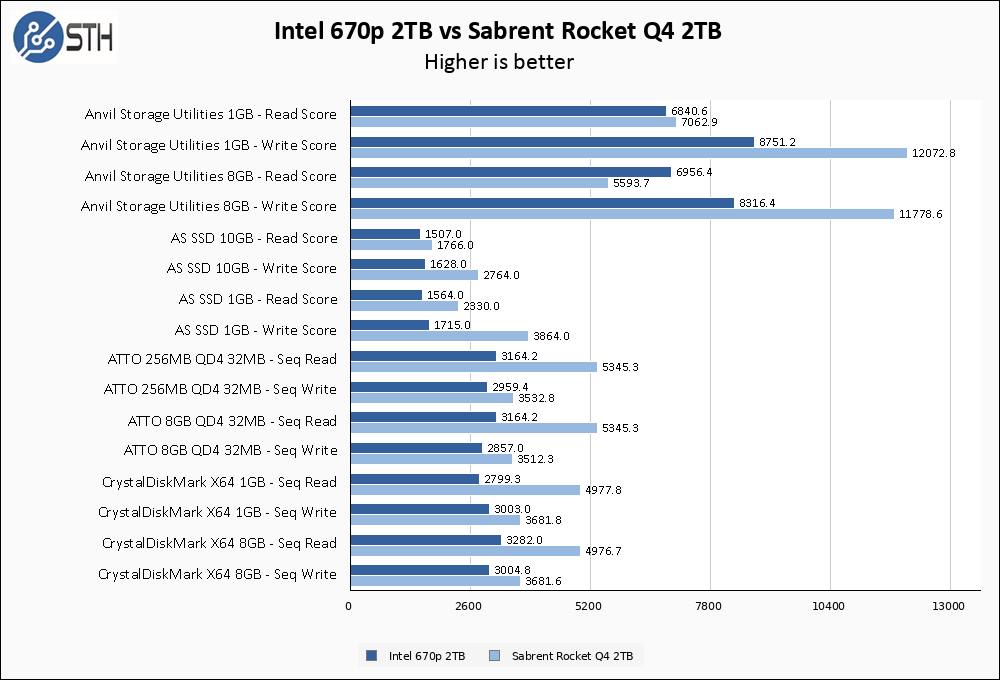
As you might expect, most of the time the Rocket Q4 manages to soundly beat the 670p. If your system can accept a PCIe 4.0 SSD, there are still performance gains to be had there even when using QLC drives.
Temperatures
We monitored the idle and maximum temperature during testing with HWMonitor to get some idea of the thermal performance and requirements of the drive. Please keep in mind that our test bench is an open frame chassis in a 22C room, and is thus not representative of a cramped low-airflow case.

The Intel 670p runs significantly hotter than the previously tested 665p. With a peak temperature of 73C, which was achieved during extended writing, it is possible some users might need to consider a heatsink.
Final Words
The Intel 670p 2TB SSD is a much better performing product than the 665p 1TB I previously looked at. Performance in most of our benchmarks is now within spitting distance of PCIe 3.0 interface limits, which is a massive improvement over the previous drives. If not for the mismatch between advertised (3500MB/s) and observed (3100MB/s) read performance, I would be entirely happy with the performance of this drive.
Of course, higher performance drives are available, both in PCIe 3.0 and 4.0 varieties. Historically, the Intel 660p and 665p were targeting the mainstream segment and not high end purchasers, with price tags to match those expectations. Unfortunately, the currently available pricing for the 670p is not nearly as inexpensive; as best we can tell the MSRP for the 512GB drive will be $89, the 1TB will be around $154, and our review unit 2TB drive will be $329. At those prices, the value proposition for the 670p completely falls apart since the Sabrent Rocket Q4 2TB is available for only $280 and essentially outperforms the 670p in every way.
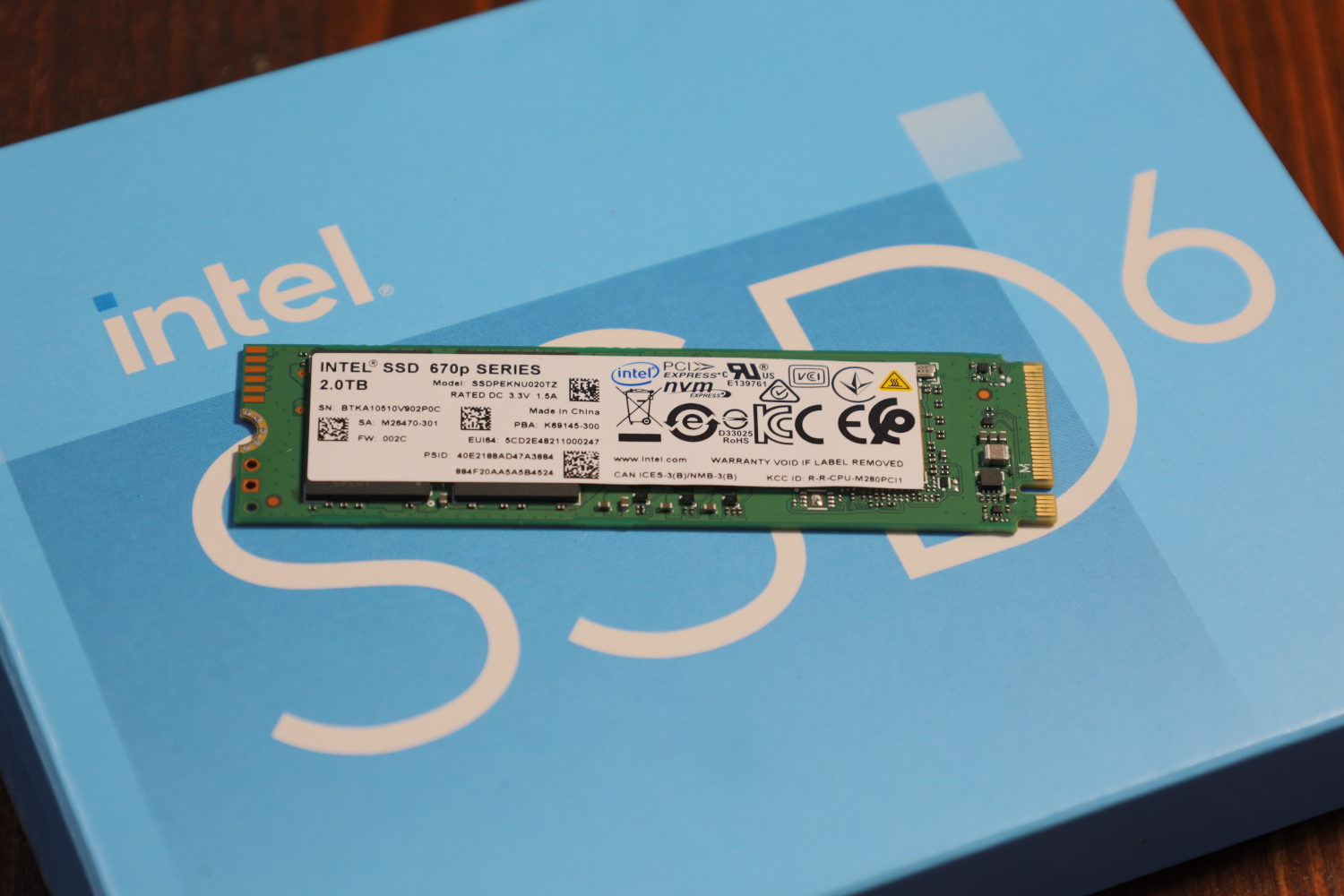
The Intel 670p 2TB is a good drive, and is the best PCIe 3.0 QLC drive I have personally evaluated. With performance approaching or matching TLC-based PCIe 3.0 SSDs and a solid endurance rating, Intel is making a strong case for QLC on mainstream consumer drives. Now they just need to adjust their pricing to match, since at their current prices the 670p drives are impossible to justify.




The 1TB 660p was regularly available for the $89 they’re quoting for the 512GB 670p, just insanity. I thought QLC was supposed to be dirt cheap, not more expensive than TLC.
I would put it down as simply an instance of MSRP not reflecting street price.
On page 1, you have TLC instead of QLC:
> The Intel 670p line of TLC-based SSDs is available in 512GB, 1TB and 2TB capacities.